"What is striking is that he is never satisfied with the most immediately attainable results, but remains true to his desire to experiment with new solutions—such as the continuous shifting of his gaze’s perspective."
(Roberto Mutti, “La curiosità come guida”, in Carlo Orsi. Miracoli a Milano, catalogo della mostra [Palazzo Morando, Milano, 31 ottobre 2024-2 febbraio 2025], a cura di Giangiacomo Schiavi e Giovanni Terruzzi, Moebius, Milano, p. 17)
"His signature was storytelling, reportage," wrote Giovanni Porzio about Carlo Orsi. In 1961, when he visited England, Orsi was twenty years old, already working as a photojournalist, and this attitude clearly emerges in the shots from his trip—capturing both the crowded streets of London and the quiet atmosphere of the Gloucestershire countryside. Through his lens, we see a homeless man walking through London with an advertising sign hanging from his neck, surrounded by hurried passersby; a well-dressed man waiting for the underground (a precursor to one of Orsi’s most iconic photographs, taken a few years later, of a uniformed traffic officer in the Milan metro); a brass band playing at a nearly empty intersection in Gloucester; and an elderly couple entering a furniture shop.
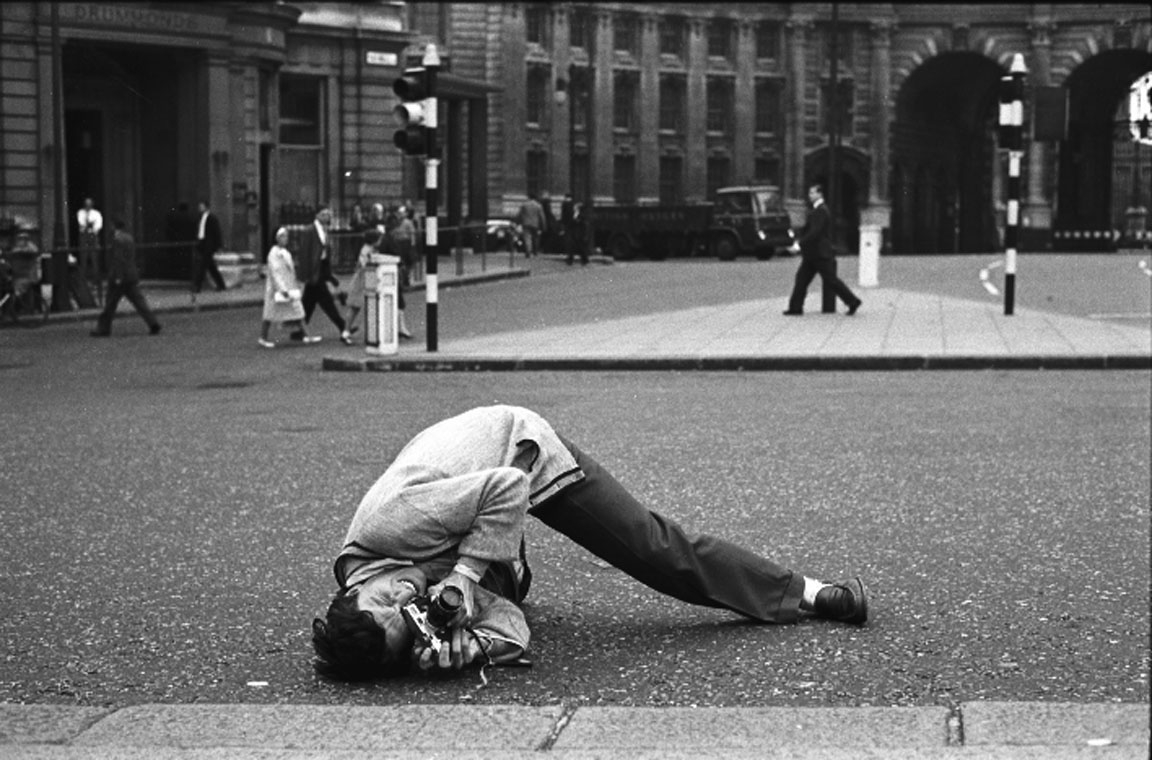
"What is striking is that he is never satisfied with the most immediately attainable results, but remains true to his desire to experiment with new solutions—such as the continuous shifting of his gaze’s perspective."
(Roberto Mutti, “La curiosità come guida”, in Carlo Orsi. Miracoli a Milano, catalogo della mostra [Palazzo Morando, Milano, 31 ottobre 2024-2 febbraio 2025], a cura di Giangiacomo Schiavi e Giovanni Terruzzi, Moebius, Milano, p. 17)
"His signature was storytelling, reportage," wrote Giovanni Porzio about Carlo Orsi. In 1961, when he visited England, Orsi was twenty years old, already working as a photojournalist, and this attitude clearly emerges in the shots from his trip—capturing both the crowded streets of London and the quiet atmosphere of the Gloucestershire countryside. Through his lens, we see a homeless man walking through London with an advertising sign hanging from his neck, surrounded by hurried passersby; a well-dressed man waiting for the underground (a precursor to one of Orsi’s most iconic photographs, taken a few years later, of a uniformed traffic officer in the Milan metro); a brass band playing at a nearly empty intersection in Gloucester; and an elderly couple entering a furniture shop.
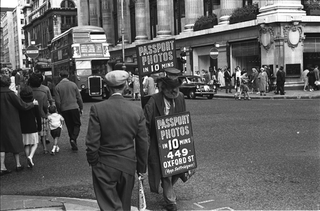
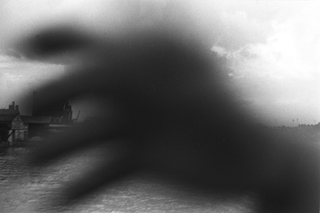
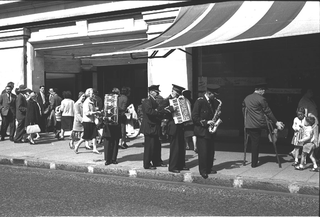
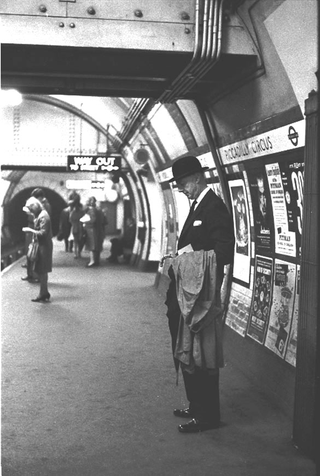
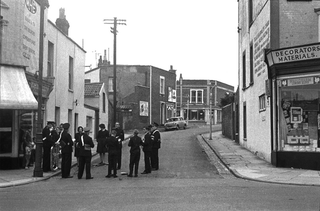
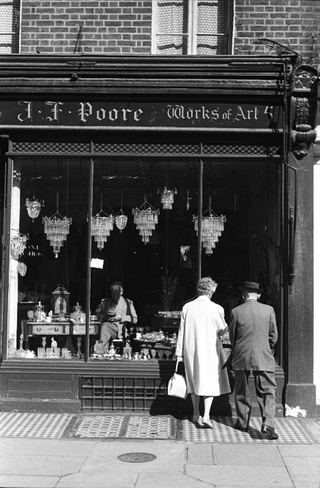
Social
Contatti
archivio@carloorsi.com